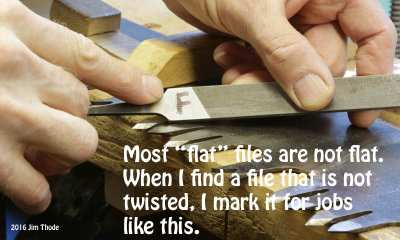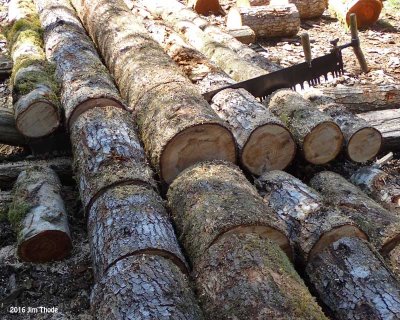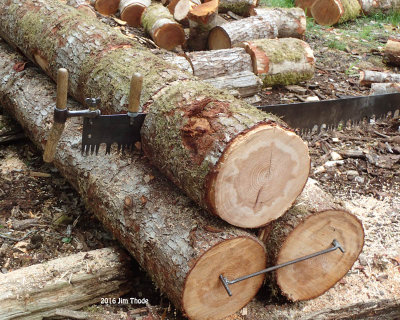





 |
 |
 |
 |
 |
 |
| Jim Thode | profile | all galleries >> Crosscut Saws >> Inverse Crosscut Saw Filing / Sharpening | tree view | thumbnails | slideshow |
 Cutter Detail |
 Filing Cutter back side |
 Flat File |
Straight edge on saw |
 Testing |
 Testing |

:: Flat Tip Filing :: |
| comment | share |